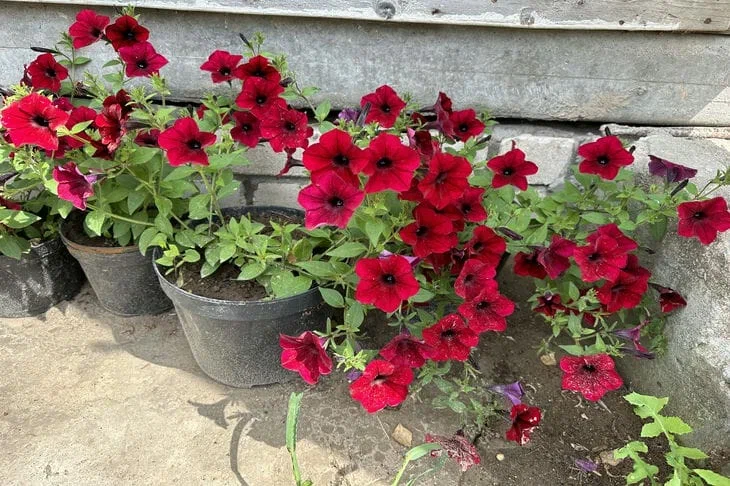Do you repot your flowers every year? Even if you do, they may wilt due to improper preparation.
The secret to lush flowering is adding gelatin to the soil. We will tell you why this is necessary and how to do it correctly.
Lifehack with gelatin
Dissolve 1 sachet in 3 liters of water, let it swell and mix with the soil.

Gelatin creates a soil structure that retains moisture and nourishes the roots.
Lifehack with iodine
Before replanting, soak the pot in water with iodine (5 drops per liter) - this will kill fungi and bacteria.
A couple more tricks
And if the plant roots are tangled in a ball, do not tear them! Wrap the ball in a damp cloth for an hour - the roots will become elastic.
For cacti and succulents, add crushed brick to the soil - it will absorb excess water and prevent rotting.
And never use store-bought soil straight away – bake it in the oven at 100 degrees Celsius for 30 minutes. This will kill the pest larvae.
Nuances
Violets hate deep planting. Their root collar should be at ground level, otherwise the plant will rot.
And for orchids, use pine bark blocks instead of pots. Tie the roots to the bark with fishing line - this way they will get enough air.
And don't forget about drainage! Put grape vines on the bottom of the pot instead of expanded clay. They gradually rot, feeding the flowers.
What to do if the leaves droop after transplanting
Spray them with a honey solution (1 teaspoon per liter of water). This will relieve stress and speed up adaptation.
And if the roots are damaged, add succinic acid to the water for irrigation (1 tablet per 0.5 l). It stimulates regeneration.
And one more secret: transplant flowers only during the waxing moon. It is believed that at this time the plant juices move upward, and they tolerate stress more easily.
Check the lunar calendar - maybe it will work for you too.
Let us remind you that many folk recipes and life hacks have no scientific basis, so you should not count on a 100% result.
